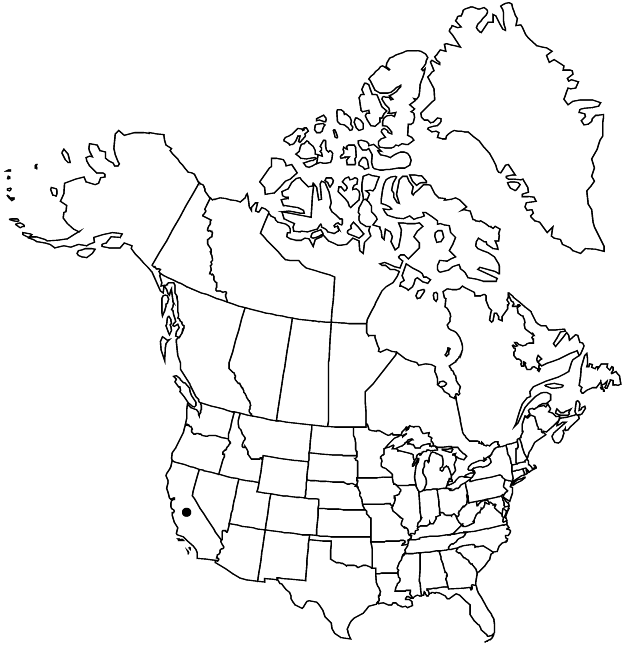Eriogonum fasciculatum var. foliolosum
Bull. New York Bot. Gard. 6: 351. 1910.
Shrubs, rounded to erect, 6–15 × (8–)10–25 dm. Aerial flowering stems thinly tomentose or glabrous. Leaf blades linear-oblanceolate to oblanceolate, 0.6–1.2 × 0.1–0.4 cm, densely white-tomentose abaxially, less so to green and floccose adaxially, margins plane usually tightly revolute. Inflorescences open and mostly cymose; branches thinly tomentose or glabrous. Involucres turbinate, 3–4 × (1.5–)2–2.5 mm, pubescent. Perianths pubescent at least proximally. 2n = 80.
Phenology: Flowering year-round.
Habitat: Sandy to gravelly flats and slopes, mixed grassland and chaparral communities, oak and conifer woodlands
Elevation: 60-1300(-1600) m
Distribution

Calif., Mexico (Baja California).
Discussion
Variety foliolosum is widespread and common to abundant, often being a dominant shrub in the chaparral in the Coast Ranges of California (Kern, Los Angeles, Monterey, Orange, Riverside, San Benito, San Bernardino, San Diego, San Joaquin, San Luis Obispo, San Mateo, Santa Barbara, Santa Clara, Santa Cruz, Stanislaus, and Ventura counties). It is an octoploid and may be the product of an ancient hybridization involving the coastal var. fasciculatum and desert var. polifolium.
Variety foliolosum is being widely planted by the California Department of Transportation along roadsides, where it has hybridized with E. cinereum. As a very unfortunate result, the distribution of var. foliolosum has now expanded into northern California (Alameda, Marin, San Francisco, Trinity, and likely other countries) and even into Oregon (Jackson County). In southern Arizona, var. foliolosum has been introduced as a roadside plant in Maricopa County, and has been found (Bierner 90-45, ARIZ, TEX) escaped along a roadside in Graham County. Since this is a potentially aggressive weedy shrub, efforts should be made to curtail its introduction into areas outside its native range.
Selected References
None.